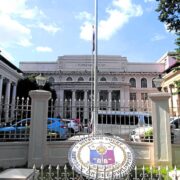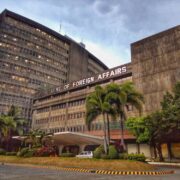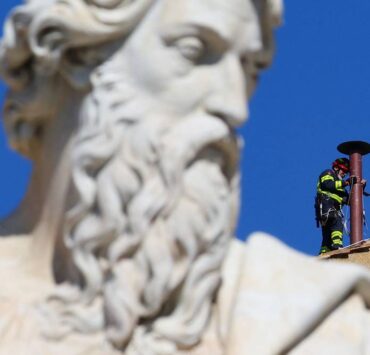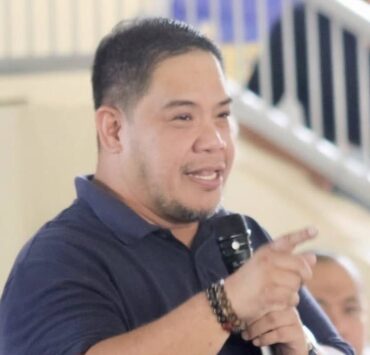Corals are dying under Samal-Davao bridge project site–Groups warn
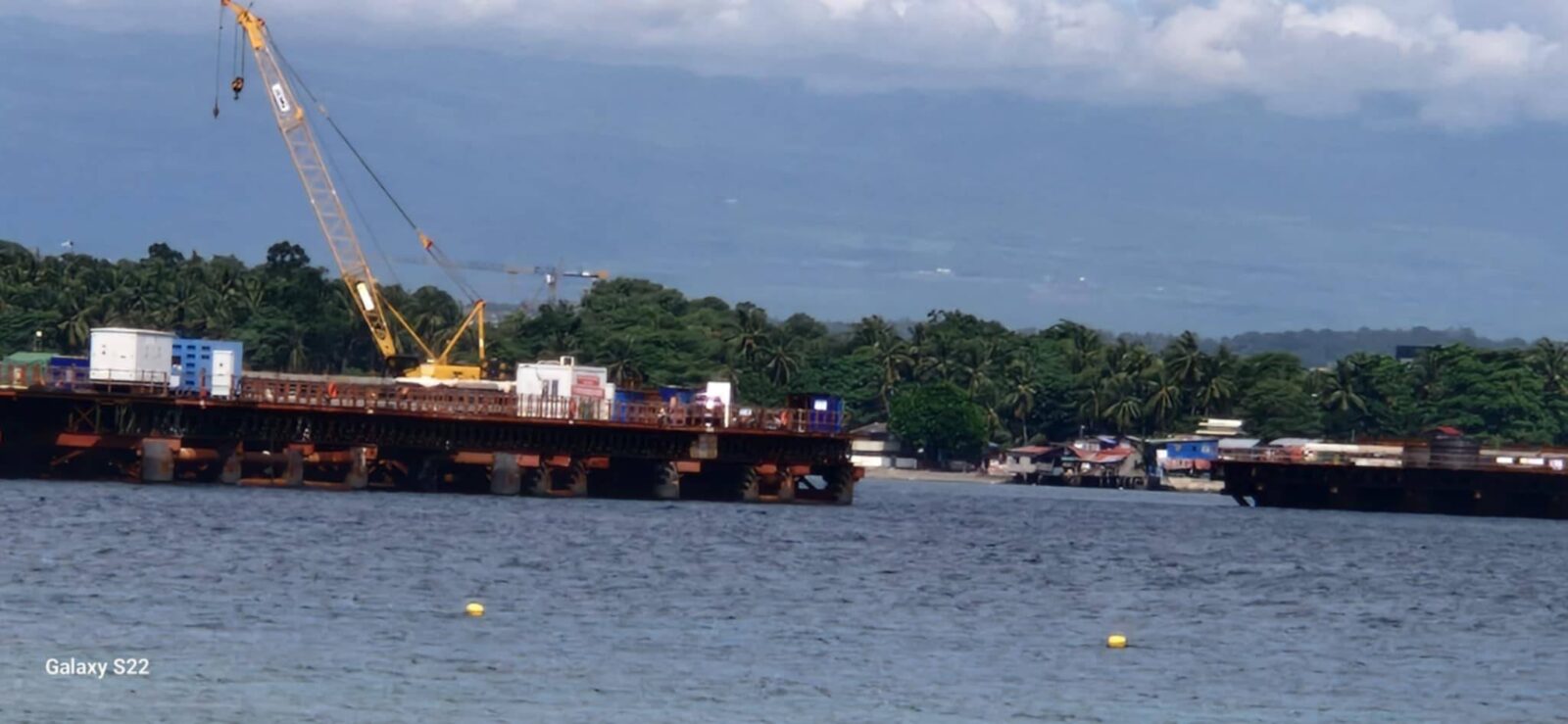
DAVAO CITY—The construction of the bridge linking this city to Samal Island has yet to start but damage to the coral reef was already extensive, environmentalists here revealed.
The structure that people often mistook as the Samal Island-Davao City (SIDC) connector bridge was still just a crane way, which the builders use to bring in construction equipment and where they will install the vertical pillars that will support the bridge, but the corals in the area had since died.
John Lacson, a marine biologist who was among those who have gone to court to stop the construction of the SIDC at its current location, said it was wrong for people to assume it was too late to realign the SIDC.
“It is not too late: the bridge can be realigned to another place [because] all they have put is the craneway, not the bridge—the craneway is a structure that they will have to take out after they install the bridge. Hence, they can basically move the craneway to another place where there is no coral reef,” Lacson said.
Lacson was among the team of scientists and environmentalists who filed a petition for writ of kalikasan before the Supreme Court last week, asking the high court to stop the ongoing construction of the SIDC connector bridge because of the irreversible damage it’s causing the environment.
The respondents in the petition included the Department of Public Works and Highways (DPWH), the Department of Environment and Natural Resources and the China Road and Bridge Corp., the contractor of the P23-billion project.
Early this month, the DPWH, through Senior Undersecretary Emil Sadain, said on its website that it would fast-track the construction of the 4.76-kilometer four-lane bridge, having accomplished 12 percent of the work, primarily focused on the bridge’s foundation or substructure.
Irreversible damage
Lawyer Manuel Quibod, dean of the Ateneo de Davao University College of Law and one of the legal counsels for the petitioners, said irreversible damage to the marine life caused by the construction of the bridge in that part of Samal Island would deprive communities and future generations in Davao City and Samal Island of the right to a balanced and healthful environment.
Lacson, who took photos of the corals underneath the craneway on April 28, said all the corals there were already dead while about a third of the Paradise Reef, a thriving coral formation, was gone.
“Further north, there’s still an intact reef, but one-third of Paradise Reef is already dead. If you kill the rest of it, you will be damaging a vital source of genes for fish and corals and the rest of the marine life in the area,” he said.
Lawyer Mark Peñalver, executive director of the environment group Interfacing Development Interventions for Sustainability and one of the petitioners, said once the construction proceeds along the current alignment, major disruptions would be expected. Activities such as pile driving, dredging and land reclamation would kill the coral reefs and seagrass beds.
“Sediment runoff, chemical leakage and solid waste from construction will degrade water quality, making it inhospitable for sensitive marine life,” he explained.
Added to these, Peñalver said the persistent noise and vibration from heavy equipment could displace and harm fish, invertebrates and marine mammals, further threatening biodiversity.
The current location of the bridge would also “compromise” the function of Barangay Hizon in Davao City as a marine protected area, which is designated to preserve marine life and foster ecological balance, Peñalver said.
Alternative sites
Lacson said earlier studies identified at least two alternative sites of the bridge on Samal Island where no corals would be destroyed and would cost less than the present one.
He referred to the Bridgefort site, earlier endorsed by the Japanese International Cooperation Agency (Jica) and which would only cost P16 billion to build. No corals would be hit at this site because it was “an old shipyard where the corals already died years ago,” Lacson said.
The other alternative site would be in Barangay Caliclic, also in Davao City, in a lot owned by the Rodriguez family, who have offered to donate the land to the DPWH if the government decides to realign the bridge.
“What we are proposing is to put the bridge far enough north so far away from the living coral reefs that the impact of the silt and sediment will be much less,” Lacson said.
“The Jica study said that Bridgeport alignment would cost P16 billion or P7 billion less than the current cost for the Filipinos,” he added. “All along, we’ve been trying to say this to the DPWH, the DENR (Department of Environment and Natural Resources), why did you choose the current alignment, why did you choose to take off from a marine protected area at [Barangay] Hizon and land directly on top of a living coral reef? Why on earth will you do that?”
He said that since both government agencies did not answer these questions, they filed the writ of kalikasan.





